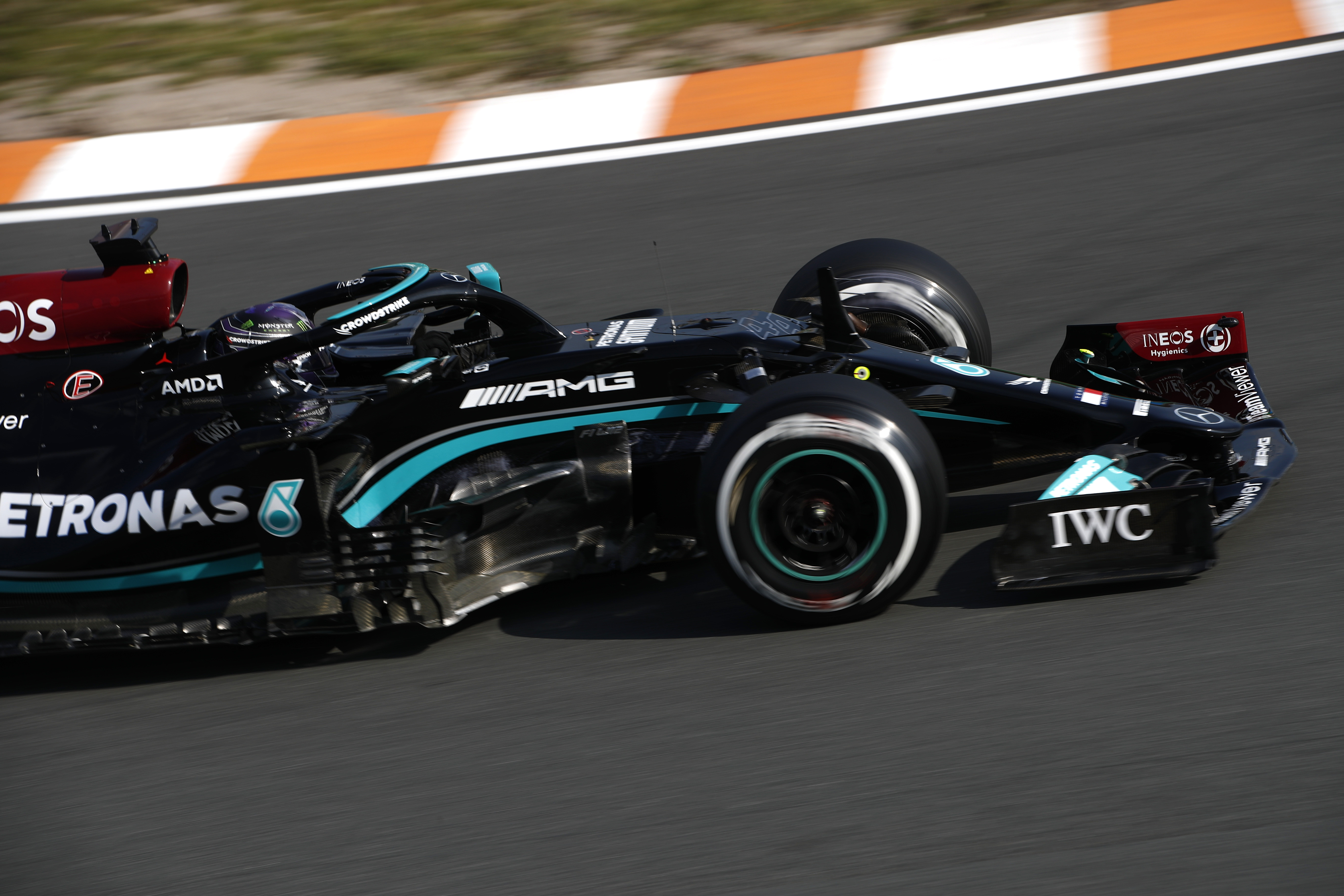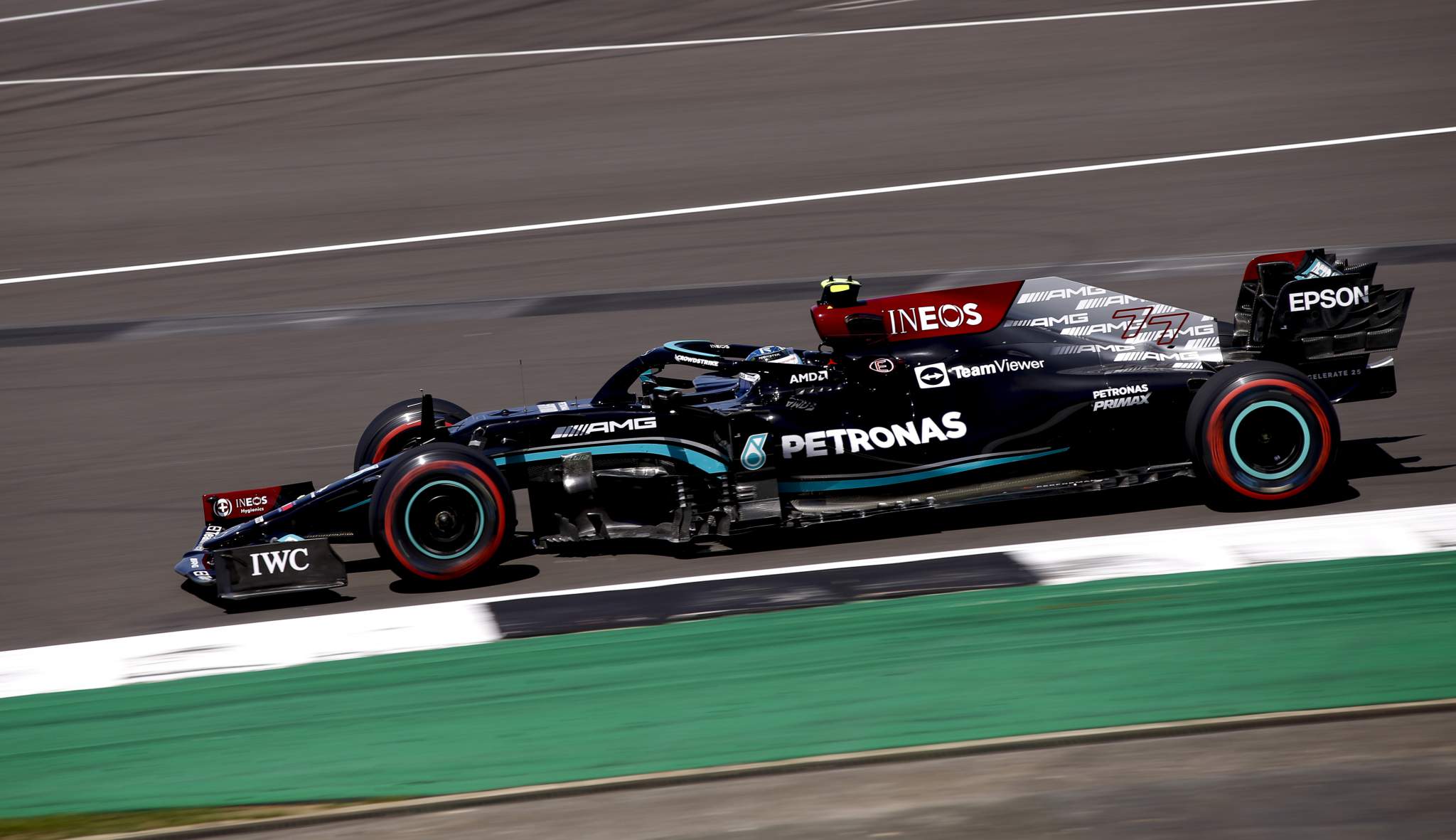Up Next

Suspicions about power units are nothing new in Formula 1, and Red Bull is the latest to point the finger with its questions about the unusually large plenum on its title rival Mercedes.
We don’t know what Mercedes is doing with its plenum, aside from the fact that it is unusually large – we can see this from the engine cover bodywork on the Mercedes, Aston and Williams cars with the size required to accommodate it.
But what we do know is how a standard F1 plenum design works and therefore have an idea of how difficult it will be to control the temperature as precisely as Red Bull [and Honda] believes Mercedes is.
The basic route for the airflow and sensor positions in the engine is as follows:
Ambient air > compressor > temperature sensor > intercooler > plenum > boost sensor > engine > exhaust manifold > (waste-gate) > turbine > exhaust outlet
With the temperature sensor just after the compressor, this will be the hottest place in the airflow chain as the air has just been compressed and emerged from a fairly hot piece of metal.

The intercooler is like a radiator with the charge air flowing through inside it and ambient air flowing over the outside of it. It can also be a heat exchanger, with the charge air inside then cooled by water, that water needs to be cooled by something so in a sense, it is ambient airflow that generates the cooling.
The plenum is a volume of air that is big enough to run the engine efficiently when you go to full throttle and high revs. At that point you are not relying on the volume of flow through the compressor or intercooler, it’s basically the size of the airbox as we used to know it that dictates this.
The air doesn’t just sit in there getting cooled waiting for the engine to require it. There is constant flow so you would need a cooling system the size of a London bus to affect the temperature significantly.
Normally the compressor and turbine are one unit which is called the turbo but with this design, you have the turbine which can be running at 800 to 1000 degrees sitting next door to the compressor which you want to be as cool as possible otherwise the charge air will be increased in temperature.
On the Mercedes the compressor is at the front of the engine connected to the turbine which is at the rear of the engine with a shaft, the MGU-H is placed in the middle of this shaft between the compressor and turbine.

This could give Mercedes the opportunity to drive the MGU-H with the turbine to harvest energy while also allowing the compressor to stop when you don’t want or need the boost pressure. So in effect, it’s just flowing ambient air through the system, which will cool everything a bit.
When you fire up the compressor using electricity, the intake system is cooler than it would have been, so the initial charge is cooler but that will very quickly be used by the engine and then you are back to square one.
There’s not likely to be a clarification from the FIA for quite some time. These issues and the procedures required to examine them can often be lengthy. How quickly we get any clarification from the FIA will depend on how much of a case it believes Red Bull Honda (and its rivals) has.
These are just suggestions as to what Mercedes might be doing with the limited information we have about how things work. To know the full story, you’d have to take a look inside or get a job in its power unit department!







